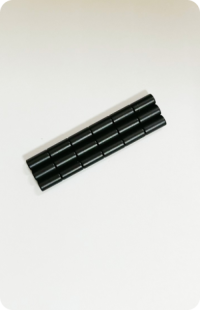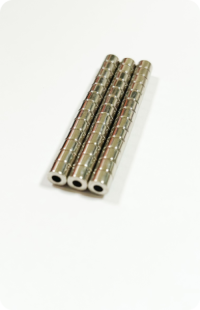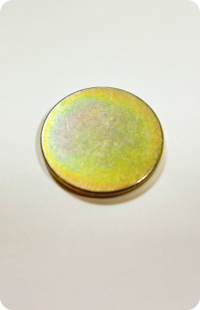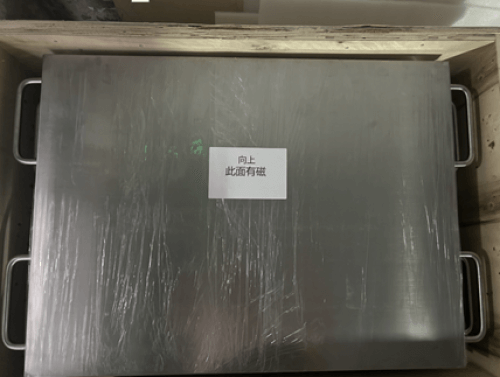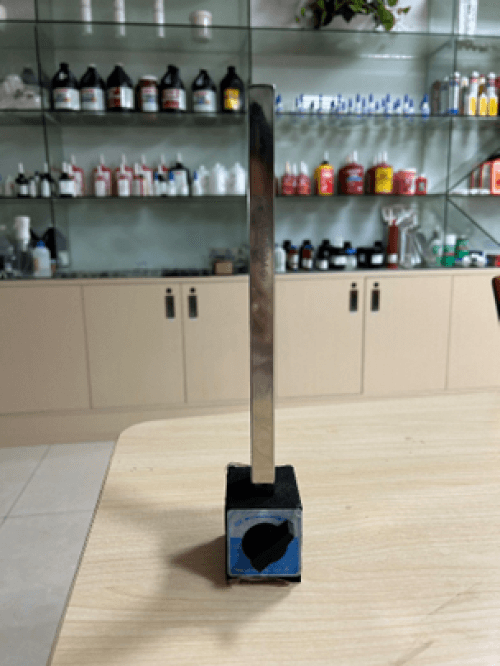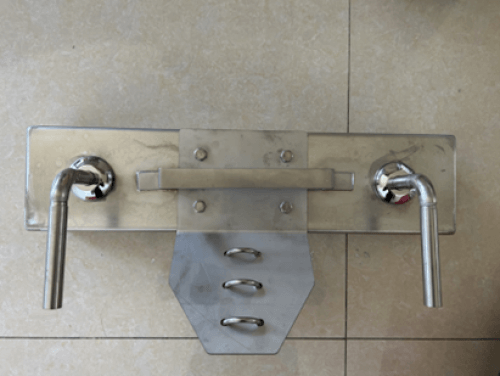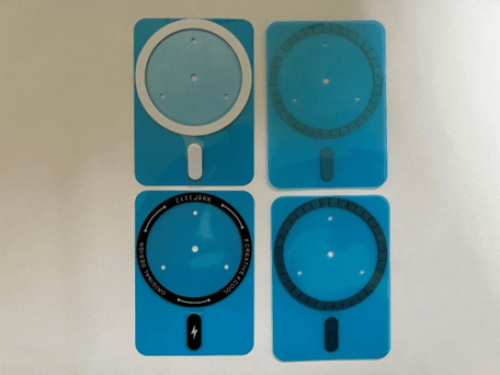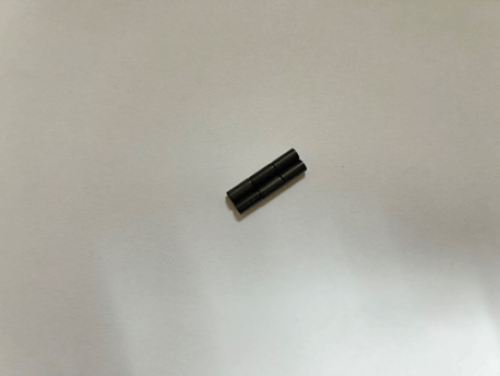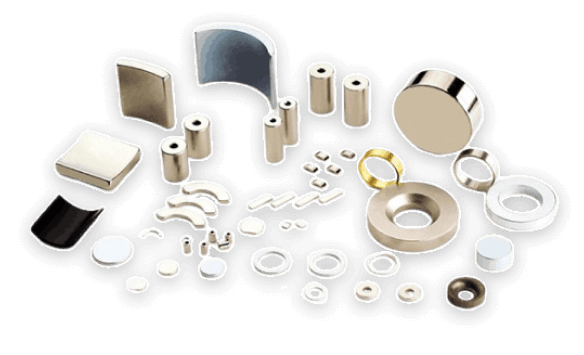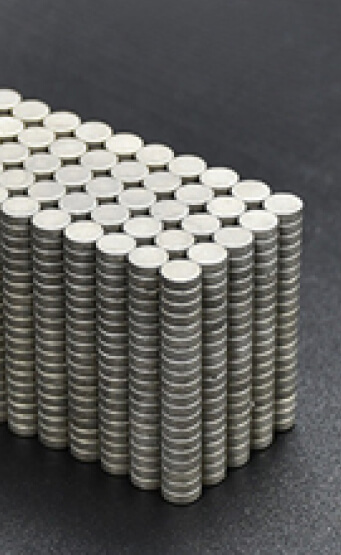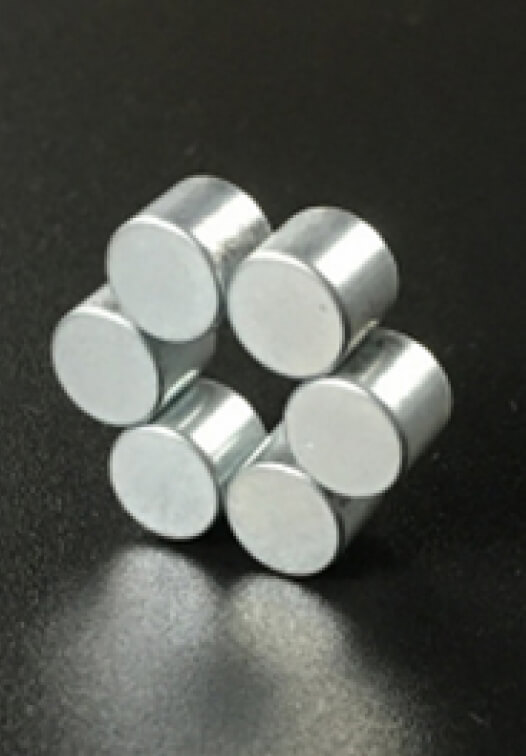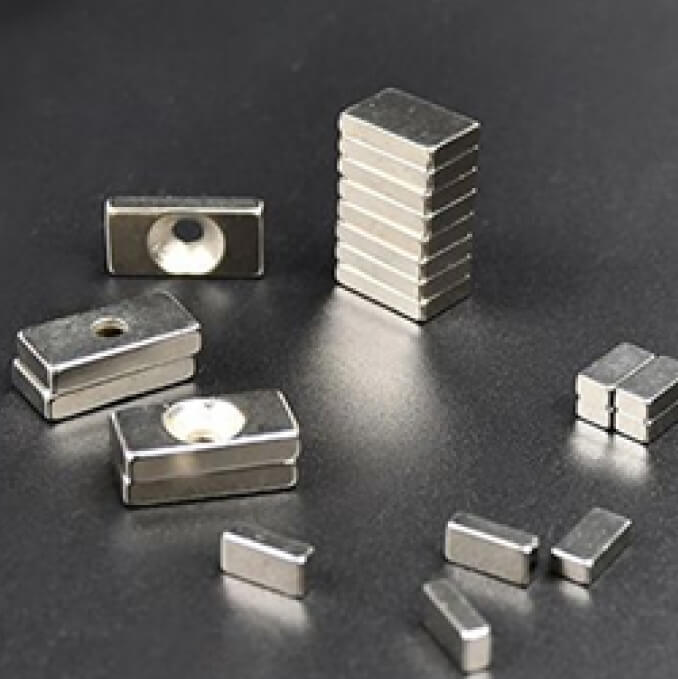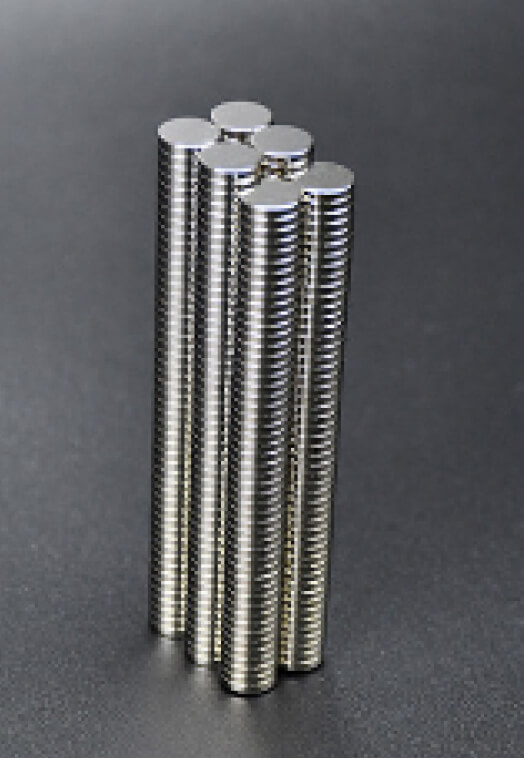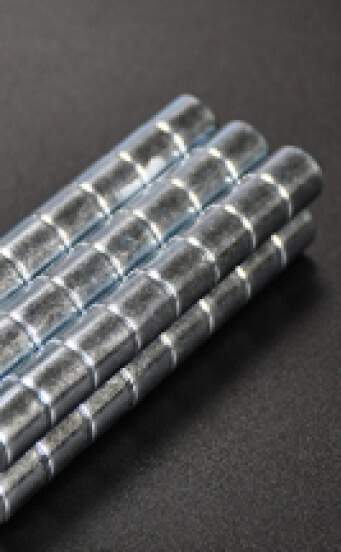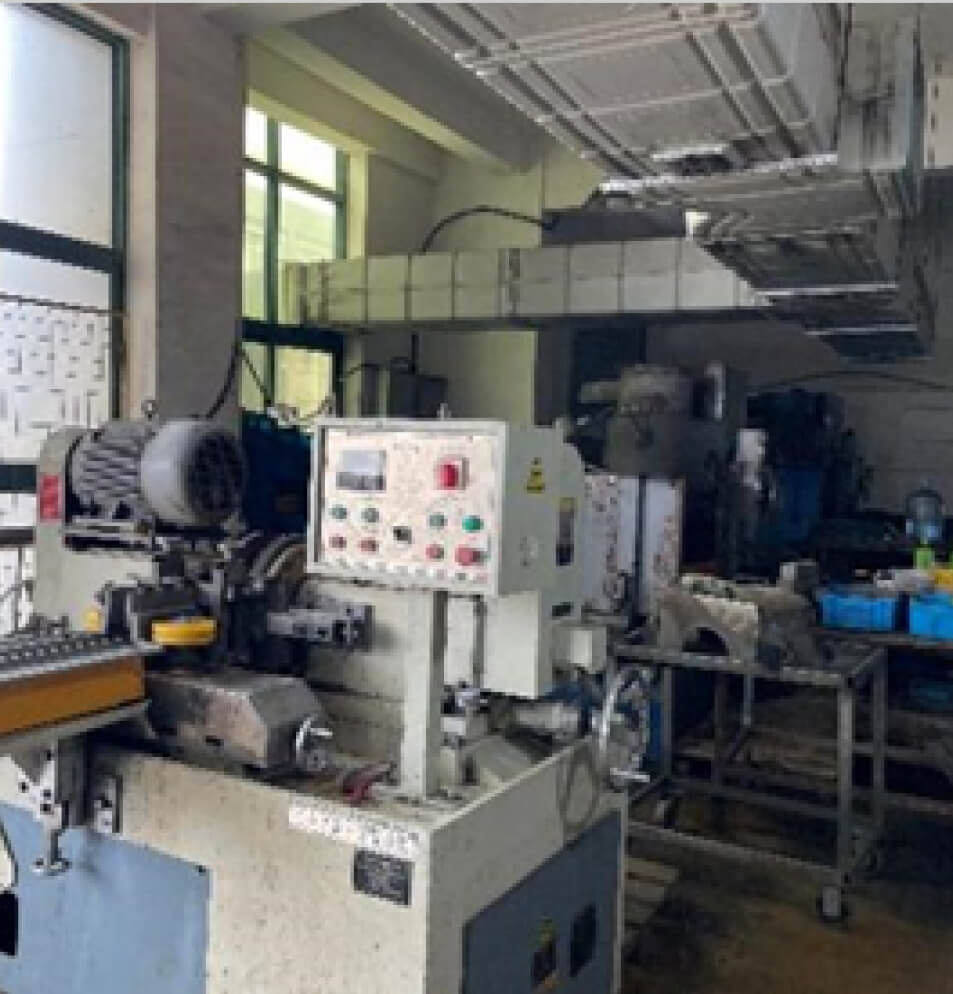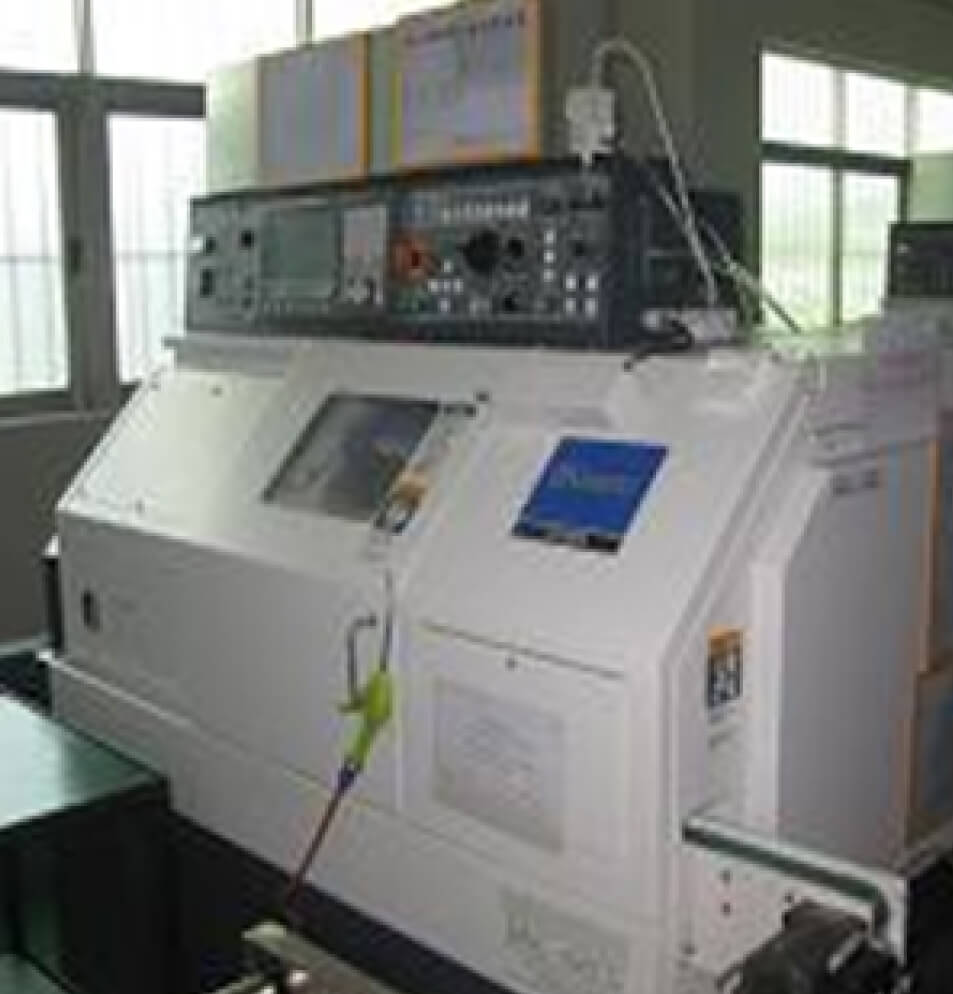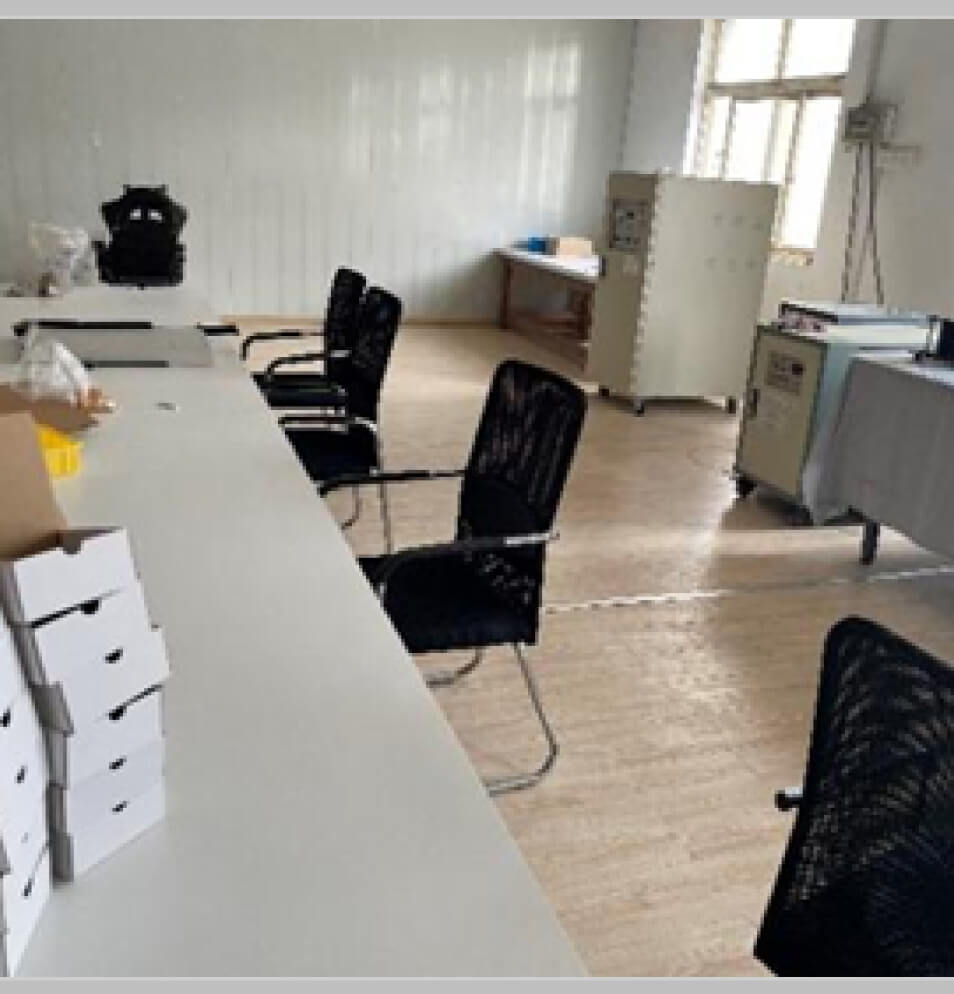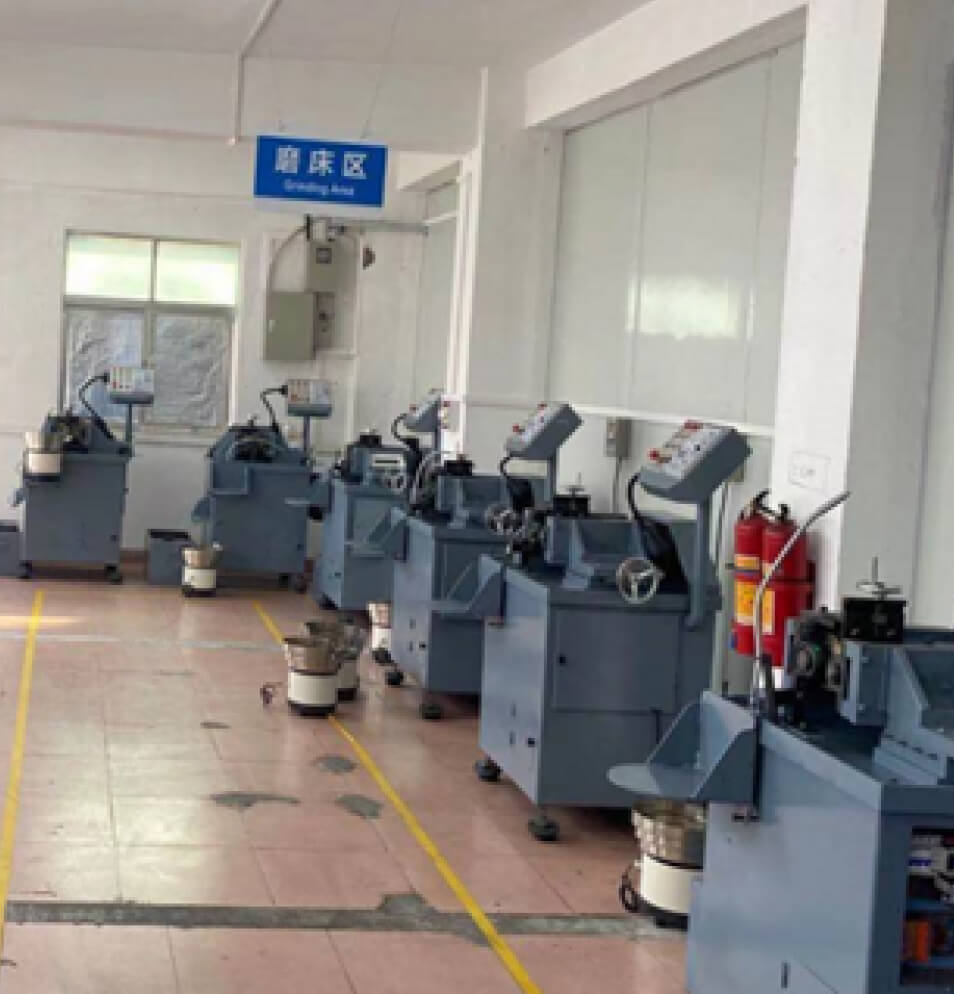A square magnet is a component that is a part of a diverse range of equipment and electronic gadgets. It is a part of circuit boards as well as magnetic locks and holding devices. The global demand of square magnets has steadily been rising globally and in 2022, 706,000 tonnes of permanent magnets were utilized. This figure will continue to rise in the coming years and will reach 860,000 tonnes by 2030, which is a 2.5% yearly growth. The demand surge is driven by the expansion of various industrial sectors like automotive, electronics, and renewable energy, in which the square magnet is widely used in various products. For instance in the automotive sector a vehicle design and construction uses 100 permanent magnets. The manufacturing industries will continue to expand and square magnets exporters face a challenge of handling the global demand while ensuring that their operating costs remain low. To accomplish this, they need to apply a much more strategic and measured approach to production, logistics, and supply chain management. In this blog, we will explore practical ways to make square magnets export more efficient and cost-effective, so let us dive right in. Streamlining Raw Material Procurement What makes the performance of the magnet worth it is its material construction, and getting top-quality material can raise production costs. Square magnets are constructed from neodymium (NdFeB), ferrite, or alnico. Neodymium is the most expensive of all the materials but also has the most powerful magnetic properties. For exporters, these expensive prices can drastically impact profitability, and the best way to minimize such costs is to build strong supplier relationships with rare earth metal providers. These are mostly based in China since the global rare earth market is dominated by China with an 85 % market share. Making long-term contracts with fixed pricing or buying raw materials in bulk are some ways to ensure that business is not affected by price volatility. Many applications don’t need a strong magnetism and for this using a cheaper substitute to neodymium such as ferrite or bonded magnet is another way to minimize material costs. Enhancing Manufacturing Efficiency Manufacturing magnets is not an easy process and involves multiple stages where the magnetic ore passes through several stages like powder metallurgy, pressing, sintering, coating, and cutting. To make this process more cost-effective, automation should be incorporated into the production process whenever it is possible. Additionally, waste management should also be done during manufacturing to avoid unnecessary waste. One way to reduce material wastage is to use CNC machining and laser cutting. Ensuring uniformity of size and shape in bulk customer orders will allow exporters to maximize the benefits of economies of scale and also reduce labor costs. Quality control is another aspect that magnet manufacturers can improve to reduce rejections and returns that can have an effect on profits. Ensuring high tolerance requirements can reduce defective outputs. Reducing Packaging and Costs Many exporters fail to consider packaging costs, but they can have a large impact on overall costs and compliance. Packaging should be such that it keeps the magnets in a fixed position during transit and also blocks their magnetic field since this field can interfere with signals so electronic equipment nearby. Custom-fit protective casings are a convenient packaging solution since the packaging does not take up unnecessary space. Moreover, custom git packaging is not as bulky, which reduces packaging weight, and lesser weight means more fuel savings in transportation. Magnetic shielding should also be done using inexpensive steel inserts so that the packaging cost is less. Another way to reduce packaging costs is to use automation in the packaging process. This will ensure fast packaging while enhancing productivity. Opting for eco-friendly packaging is also another strategy that can pay off as aligning with green regulations, particularly in European and North American markets, can result in duty rebates. Leveraging Freight Consolidation and Trade Routes Shipping costs can cut into profits, and this can be really serious for small or medium magnet exporters. A useful way to reduce expenses is freight consolidation, which involves combining multiple shipments in a single container. This can be accomplished by partnering with third-party logistics (3PLs), which specialize in magnet exports. Deciding on a mode of transport that is not expensive is also vital. Air freight can be expensive even if it is really fast. Ocean transit is significantly cheaper. Planning production and operations around ocean shipping can result in much savings. And unless the order is urgent, ocean shipping is the better option. Digitalizing Supply Chain and Documentation International trade requires documentation and paperwork, and custom documents take time, resulting in delays and disrupting the transit process. This can also result in unnecessary expenditure. By making document-making workflows digital through a cloud-based export management software. Other option is to partner with a freight agency can improve efficiency. Automating processes like invoice generation, HS code classification, and electronic data interchange (EDI) with custom agencies can easily speed up operations and also reduce penalties, resulting in cost savings. Using digital tools in the supply chain can also give more real-time visibility to exporters, allowing them to respond promptly to any emergencies and minimize loss. Capitalizing on Free Trade Agreements Exporters should also look for avenues and chances to cut costs by following trade policies. Countries bound by Free Trade Agreements (FTAs) or EU trade agreements usually give tariffs to magnetic products. Magnet exporters can benefit from such agreements and export magnets at zero tariffs. Many governments also offer export development programs which give much flexibility and ease to exporters by giving them opportunity to reclaim duties paid on imported raw materials once the finished goods are shipped abroad. Exporters can work with customs consultants to identify these opportunities and ensure compliance with documentation to benefit from them. Conclusion To export square magnets profitably in today’s competitive and cost-sensitive market entails more than merely lowering prices. It requires a strategic methodology throughout the value chain, ranging from resource procurement and production effectiveness to intelligent logistics and regulatory compliance. Through packaging optimization, utilizing digital technologies, forming strategic freight collaborations, and capitalizing on trade agreements, exporters can decrease operational expenses while also creating a robust export enterprise. Although the magnets may be compact, the chance to achieve a considerable effect on cost and efficiency is great—and exporters who adopt innovation and teamwork will be optimally positioned to thrive in the international market.
 Jun 02,2025
Jun 02,2025


